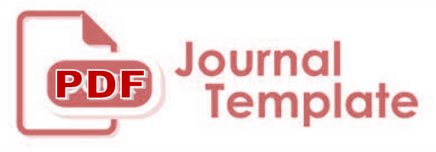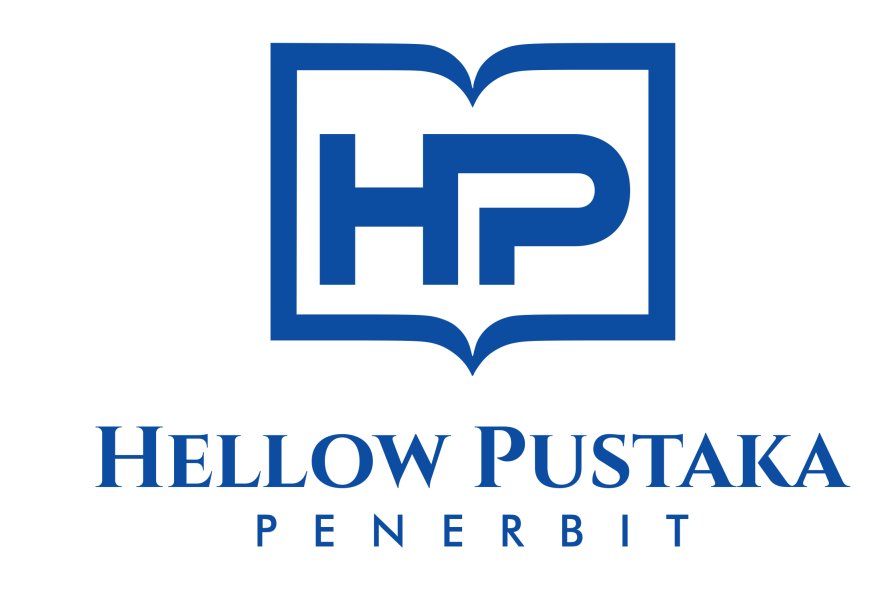Errors in Islamic Calligraphy: A Short Analytical and Critical Evaluation
DOI:
https://doi.org/10.61166/ikhsan.v2i2.51Keywords:
Calligraphy of Arabic, Embodiment Content, Islamic Tradition, Islamic ArchitectureAbstract
The idea of undermining the familiar is to challenge the constants and its acknowledged limitations, in contrast to deconstruction and its destructive pursuit. It is accomplished by means of the reception process and the constraints imposed by the way a word or text is formed, as well as by the overall structural and design framework and, specifically, by Arabic calligraphy. This depends on how the dual phenomena and the content's presentation are understood and interpreted by the recipient. More precisely, its expressive phenomenology reveals its actuality; four chapters of research were devoted to the study of "Errors in Islamic Calligraph: A Short Review." The methodological introduction was covered in the first chapter, while the concepts of undermining the familiar and its representations in Arabic calligraphy and embodiment of content and its application in Arabic calligraphy were covered in the second. In contrast, the third chapter described the research methods and the community's approach to thirty-two compositions, from which various conclusions were drawn from the study. The most crucial idea was explained in the fourth chapter. The theoretical framework's design relationships may be the calligraphers' example. In addition to undermining the familiar and embodiment of the content for those who are interested in and concerned with Arabic calligraphy, the current study concentrated on utilizing the constructive movements and energies of letters to enhance, modernize, and revitalize the art of Arabic calligraphy. Furthermore, the study of design treatments was recommended in order to represent the material in Arabic calligraphic forms.
Downloads
References
Abdul Bari Asr, Hussein .2005. Modern Trends in Teaching Arabic in the Preparatory and Secondary Levels .Alexandria Book Center.
Beaugrande, Robert de .1982. “Cognitive Processes and Technical Writing: Developmental Foundations," Journal of Technical Writing and Communication 12 (2): 121-145.
Bozdoğan, Sibel and Reşat Kasaba .1997. Rethinking Modernity and National Identity in Turkey, Vol. 7 .Washington: University of Washington Press.
Cynthia A. Freeland .2001. But Is It Art?: An Introduction to Art Theory. New York: Oxford University Press.
Duncum, Paul .2007. “Nine Reasons for the Continuing Use of an Aesthetic Discourse in Art Education,” Art Education 60 (2): 46-51.
Kadim Sibahi, Haider and Furat Jamal Hassan .2022. “Space Efficiency in the Arabic Calligraphy Panel,” Al-Academy, 104:65-75.
Reilly, Maura and Linda Nochlin .2007. Global Feminisms: New Directions in Contemporary Art. London: Merrell.
Swander, Mary Anna Leahy, and Mary Cantrell .2007. “Theories of Creativity and Creative Writing Pedagogy,” The Handbook of Creative Writing 11: 251-253.
Downloads
Published
How to Cite
Issue
Section
License
Copyright (c) 2024 Muhammad Asad Latif

This work is licensed under a Creative Commons Attribution 4.0 International License.










